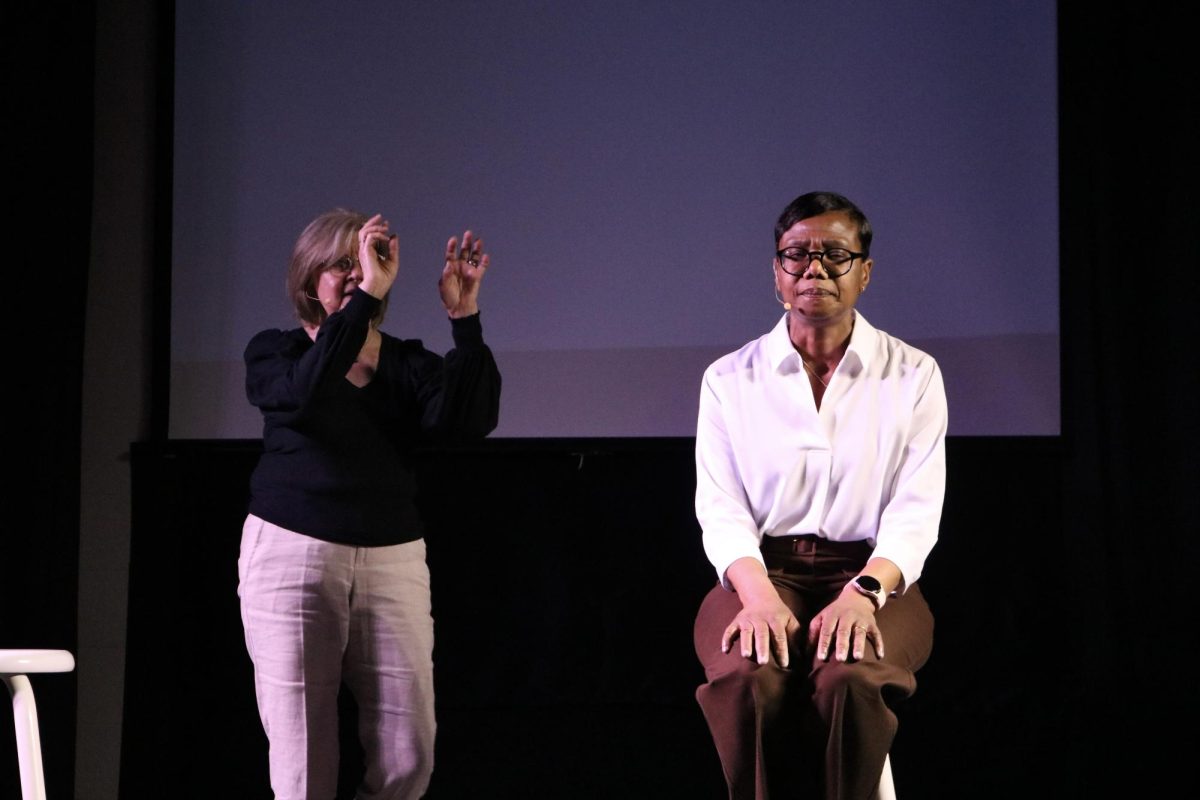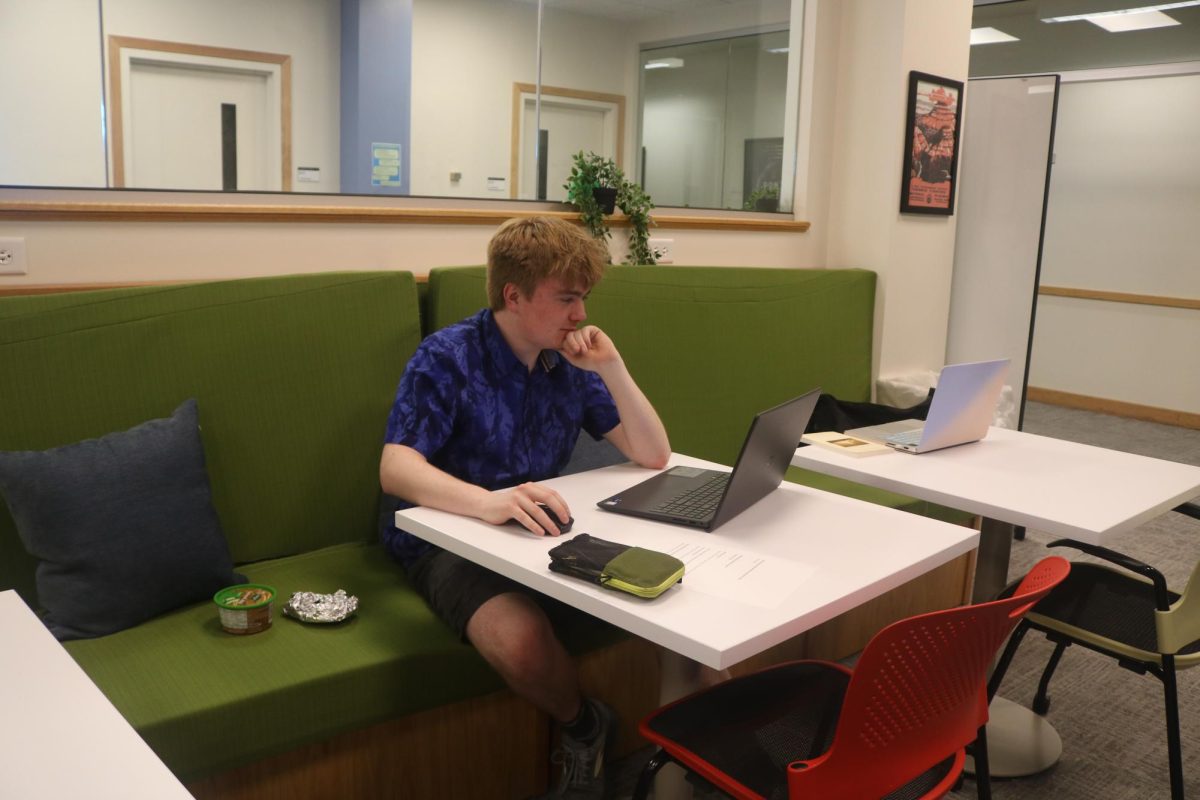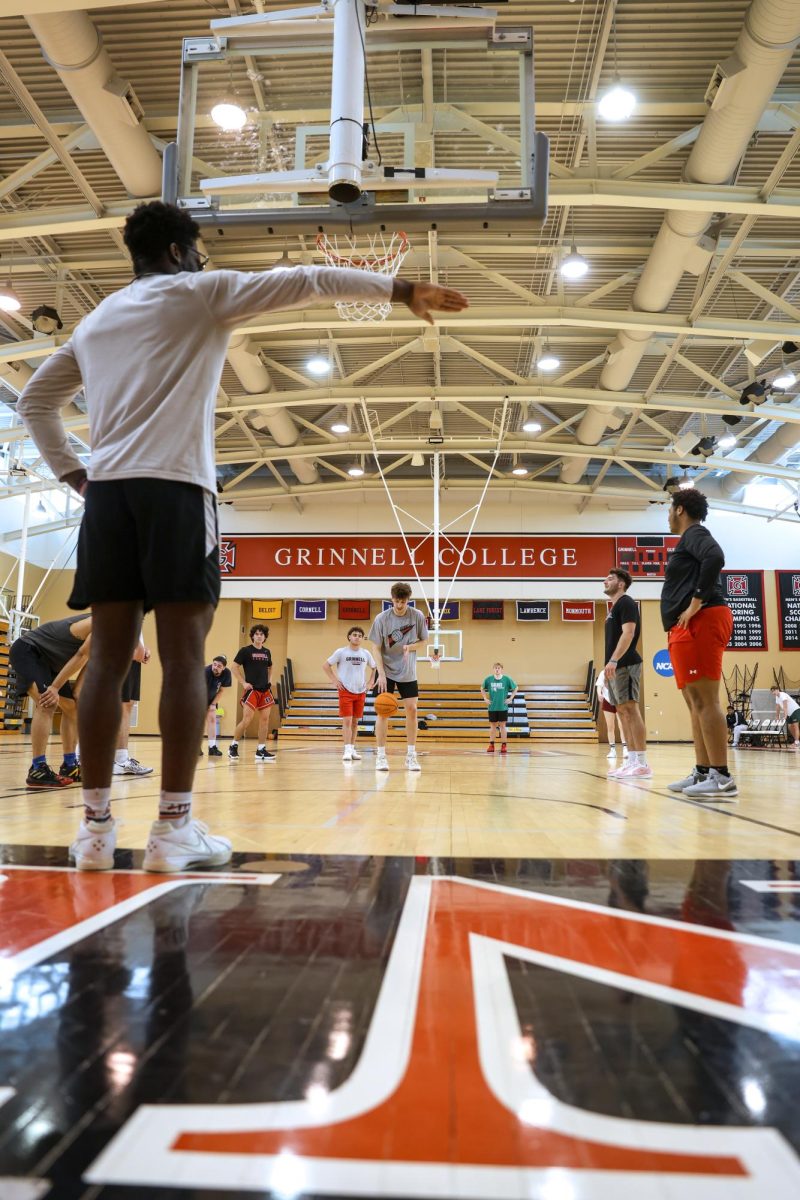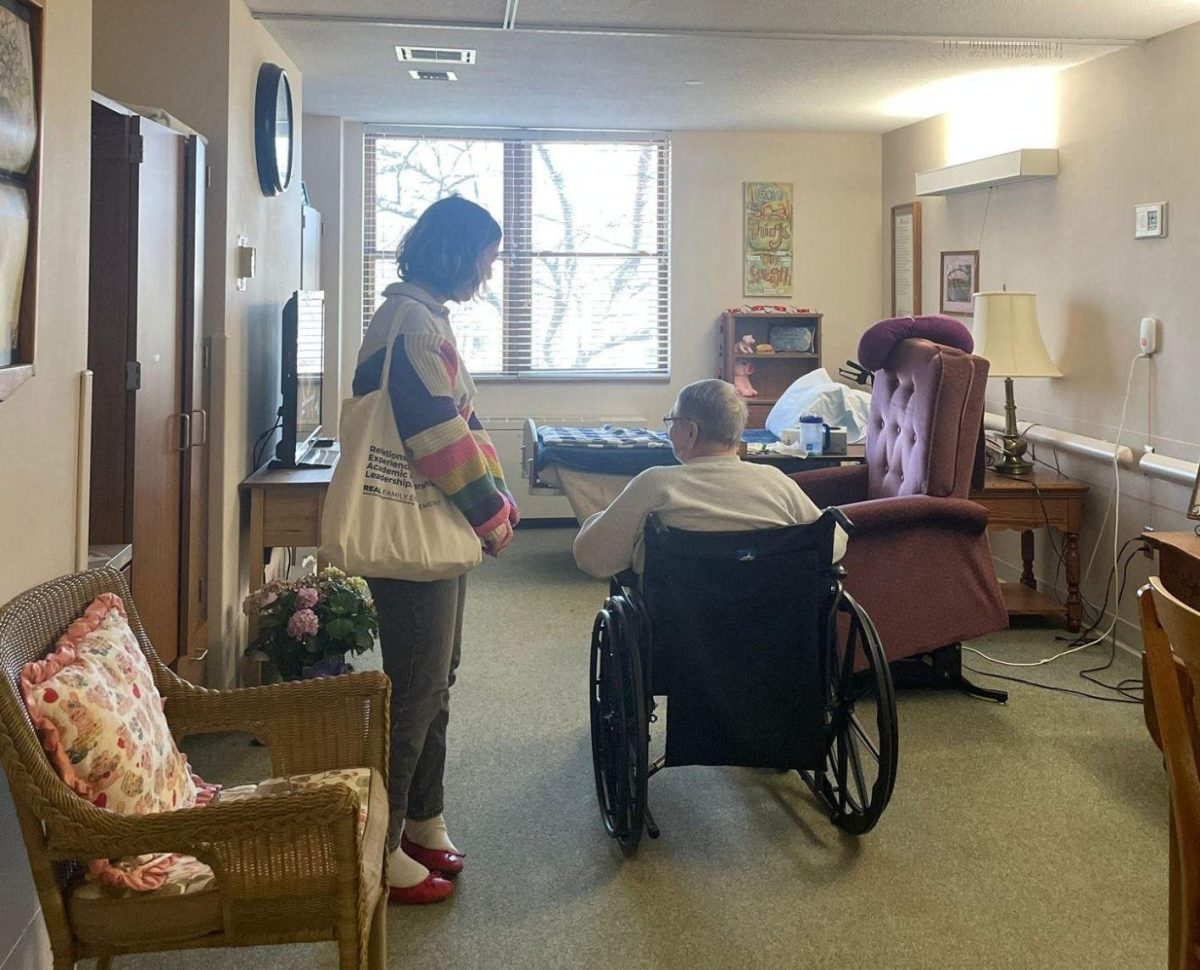Not many people know much about Bob Noyce, despite his accomplishments. His obituaries paint him as a person unappreciated in his time, but someone who made a difference anyways. New York Times columnist Tom Friedman, in his column after Noyce’s death, writes about a colleague who remarked, “This guy [Noyce] was really amazing. How come I had never heard of him?” Another journalist, Michael Malone of the San Jose Mercury News, said Noyce was slighted from not only the Nobel Prize in Physics, but also the Nobel Prize in Peace.
But in Grinnell, the Noyce Science Center remains a clear monument to the man most easily known for inventing the integrated circuit, or the “microchip,” as it is commonly called. Few Grinnellians graduate before learning this, or about any other Noyce escapades at Grinnell. His personal stories don’t fully grasp Noyce’s impact on Grinnell and the world.
Born in Burlington, Iowa, in 1927, his family moved to Grinnell in 1937 after his father took a position in the Iowa Conference of Congregational Churches. He spent his childhood building airplane models, eventually building one big enough to achieve a brief 30 second flight.
He graduated from Grinnell High School as valedictorian and with a reputation as “the guy who has the answers to all the questions,” according to the school yearbook. Noyce also sang in musicals and swam throughout high school. He would remain a singer and a competitive diver at Grinnell College, where he won the state diving championship.
After graduating, Noyce went to MIT, graduating with a Ph.D. in physics in 1953. After working briefly on the East Coast, he moved to California to work at Schockley Semiconductor with seven other young microelectronic geniuses. Noyce and the other seven would soon leave Schockley due to in-fighting with their boss, a move that branded them the “Traitorous Eight.”
These eight went on to form Fairchild Semiconductor in 1957. At Fairchild, Noyce pioneered his concept of manufacturing transistors out of silicon, laying the groundwork for the industry that would give birth to Silicon Valley. Then, in 1958, Noyce developed the first microchip made of silicon. (Previous prototypes existed, making Noyce a “co-inventor,” but the use of silicon made Noyce’s version easier to produce.) With it, Noyce catapulted into fortune and revolutionized the world.
Noyce soon became known as the “The Mayor of Silicon Valley,” and his legend spread. “Engineers at arch-opponent Japanese firms would reportedly not wash their rights hands for days after shaking Noyce’s hand,” wrote Malone in Noyce’s obituary.
But Noyce’s impact was not limited to just the microchip. His management style helped revolutionize the technology industry and breed new ideas that spurred further innovation. Noyce let his employees “take their own lead, allowed their eccentricities (and with it their strengths) to emerge and eschewed the rigid East Coast organizational style,” said Malone, who interviewed Noyce several times over the course of his life.
Even though many do not know much about Noyce’s life, everyone can see the impact of his invention on the world. As Malone put it, “the libraries of kings and resources of giant institutions now sit on the desk of a poor student in Nairobi.”
Noyce became a Grinnell College trustee in 1962 and served as chair from 1966-70. He died of a heart attack on June 3, 1990 at the age of 62.

















































